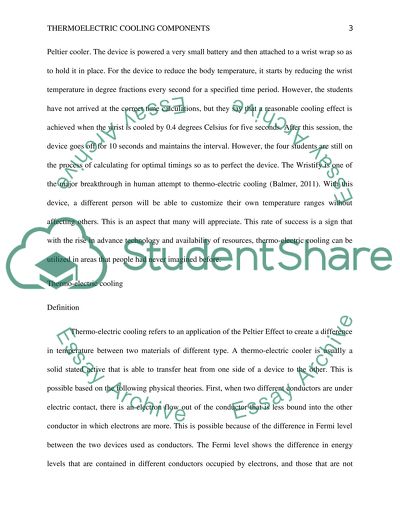Cite this document
(“Innovation is the HVAC field - Thermoelectric cooling components Research Paper”, n.d.)
Innovation is the HVAC field - Thermoelectric cooling components Research Paper. Retrieved from https://studentshare.org/design-technology/1490496-innovation-is-the-hvac-field-thermoelectric
Innovation is the HVAC field - Thermoelectric cooling components Research Paper. Retrieved from https://studentshare.org/design-technology/1490496-innovation-is-the-hvac-field-thermoelectric
(Innovation Is the HVAC Field - Thermoelectric Cooling Components Research Paper)
Innovation Is the HVAC Field - Thermoelectric Cooling Components Research Paper. https://studentshare.org/design-technology/1490496-innovation-is-the-hvac-field-thermoelectric.
Innovation Is the HVAC Field - Thermoelectric Cooling Components Research Paper. https://studentshare.org/design-technology/1490496-innovation-is-the-hvac-field-thermoelectric.
“Innovation Is the HVAC Field - Thermoelectric Cooling Components Research Paper”, n.d. https://studentshare.org/design-technology/1490496-innovation-is-the-hvac-field-thermoelectric.


